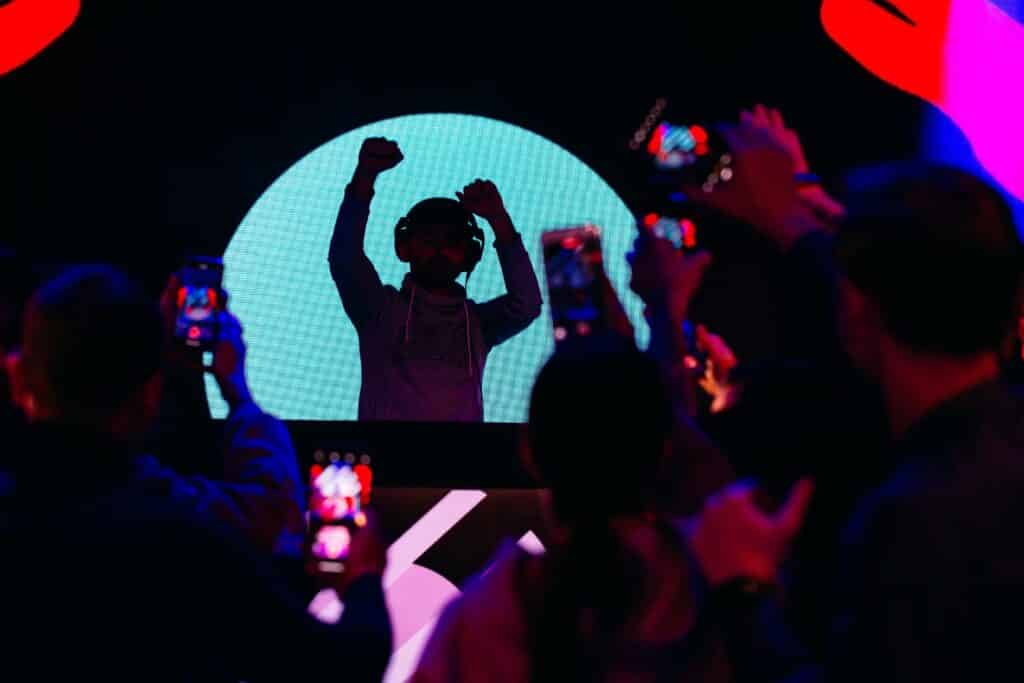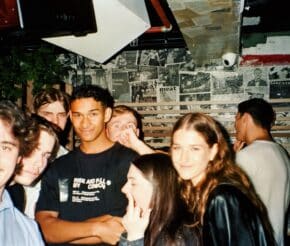- Advertise
-
Subscribe
Down With Rave Fatigue? Us Too

For those who spell out the word “fun” as “eat, rave, repeat” (not being illiterate, just being a reveller), the post-pandemic clubbing scene has been both a blessing and a curse. As we hastily rush into reclaiming the party animal we were before the COVID-19 global trauma, we realize how draining it is to re-enter the rave bubble. This is how rave fatigue feels like.
For 16 long months, we’ve sorely missed becoming one with the hypnotic techno beats. But when we set foot on the dance floor again, something is off. Nothing seems changed – besides that irksome drowsiness that guides our feet towards our comfy bed rather than in front of the DJ.
No, you haven’t prematurely aged in the past two years. And no, you’re not too old to dust off your dancing sneakers – the ‘too old’ concept doesn’t exist in the raving culture. What you’re experiencing is low-party stamina, also dubbed as rave fatigue.
Best characterized by low battery levels and the out-of-the-loop feeling when clubbing, the rave fatigue gets to the best of us. The comforting news is that if you find yourself grumbling about how tired you feel in between DJ sets, you’re not the only one.
Why you can’t rave the way you did before COVID-19 was a thing
In all honesty, we’ve survived multiple pandemic peaks, five COVID-19 variants, and countless national lockdowns – it sounds like we need a proper time-out. In the short-lived euphoria brought on by Freedom Day’s dawn, we were busy making new best friends in the clubs’ toilets and busting moves until our feet got sore.
Too busy to realize we can’t get back on the horse and cast off the pandemic fatigue that has been piling up for too many months to count.

When rave parties came back in full swing, Daisy, 24, believed she would tell her grandkids one day about how unforgettable her Freedom Day rave was. Truth is, the party was memorable, but not for the reasons Daisy imagined. “It was the first time I left the party at 2 AM”, she says. “Before the pandemic, I would stay up all night. Most of the time, an afterparty would be part of the night out so of course, I would show up there too.”
Daisy’s night-time rituals suddenly shifted from being all about skincare and dozing off before midnight to gulping alcohol way past her bedtime hour. Coming back after a year and a half of Zoom meetings and sweatpants, she found it challenging to return to her unlearned habits. She ended up with rave fatigue. “Drained – that’s how I felt. Who was I and what happened to the energy levels I was once so proud of?”
It’s not you, it’s the pandemic fatigue
According to a survey by the World Health Organization, 60% of the participants felt exhausted by the constant restrictions during the pandemic. It comes as no surprise that we feel flat-out fatigued after living in an era dominated by the stay-at-home doldrum. Needing three to five working days to recover after a couple of drinks isn’t outrageous, it’s just the new normal – for now, at least.
Raewyn Guerrero, the founder of corporate wellness consultancy Well Works brings some glad tidings. Our low party stamina is not a sign of premature aging, but the inevitable aftermath of coming out of our home-orientated and digitally mediated routines. Phew.
“Several recent studies are finding that after contracting COVID-19, individuals may have compromised mitochondrial function, which translates into low energy,” Raewyn says. “Mitochondria are known as the powerhouse of cells because they produce energy for cellular metabolism.”
But we should look over our shoulder for signs of a compromised immune function and metabolism. “Think about it like the engine light on the dashboard of your car… the engine light isn’t the problem, but it is alerting you to the fact that there are other problems,” Raewyn clarifies.
Getting your rave stamina back
It’s not like we can’t ever go back to who we were before we kind of lost our freedom two years ago. Members of the rave fam, before you hit the party on a Saturday night, what are you doing during the week? Everything you do during workdays will have an impact on your energy levels. If you are in total awe of your pre-pandemic stamina, you can get it back by controlling the controllables.
“Your symptoms are the clues that your body gives so that you can uncover why it behaves the way it does,” Raewyn says. “You can formulate a plan following the D.R.E.S.S principle – diet, rest, exercise, stress reduction, and supplements. This will help you personalize your nutrition, get quality rest and reduce stressors.”

In other words, before you jump on the “See that bar? Pretty sure there is vodka behind it” bandwagon, have a routine that involves catching the much needed Zs and eating nutritious meals. At the same time, if you don’t feel like raving, you shouldn’t feel pressured to go.
Listen to your instincts first
Although “no” has only two letters, it is loaded with negative connotations and saying it might bring guilt and shame into the ring. But never be afraid to say it. It’s been two long years, so likings and preferences have changed – maybe you don’t feel like raving three times per week anymore. You can’t live in February 2020 forever.
Take a step back and listen to what our body needs – whether it is a long nap, vitamins, or a 24-hour rave. In this mid-pandemic normality, the way to rave forward is to shake hands with the person you’ve become during the lockdown while reconnecting with the person you were before. We’re pretty sure both of them have fun personalities.






